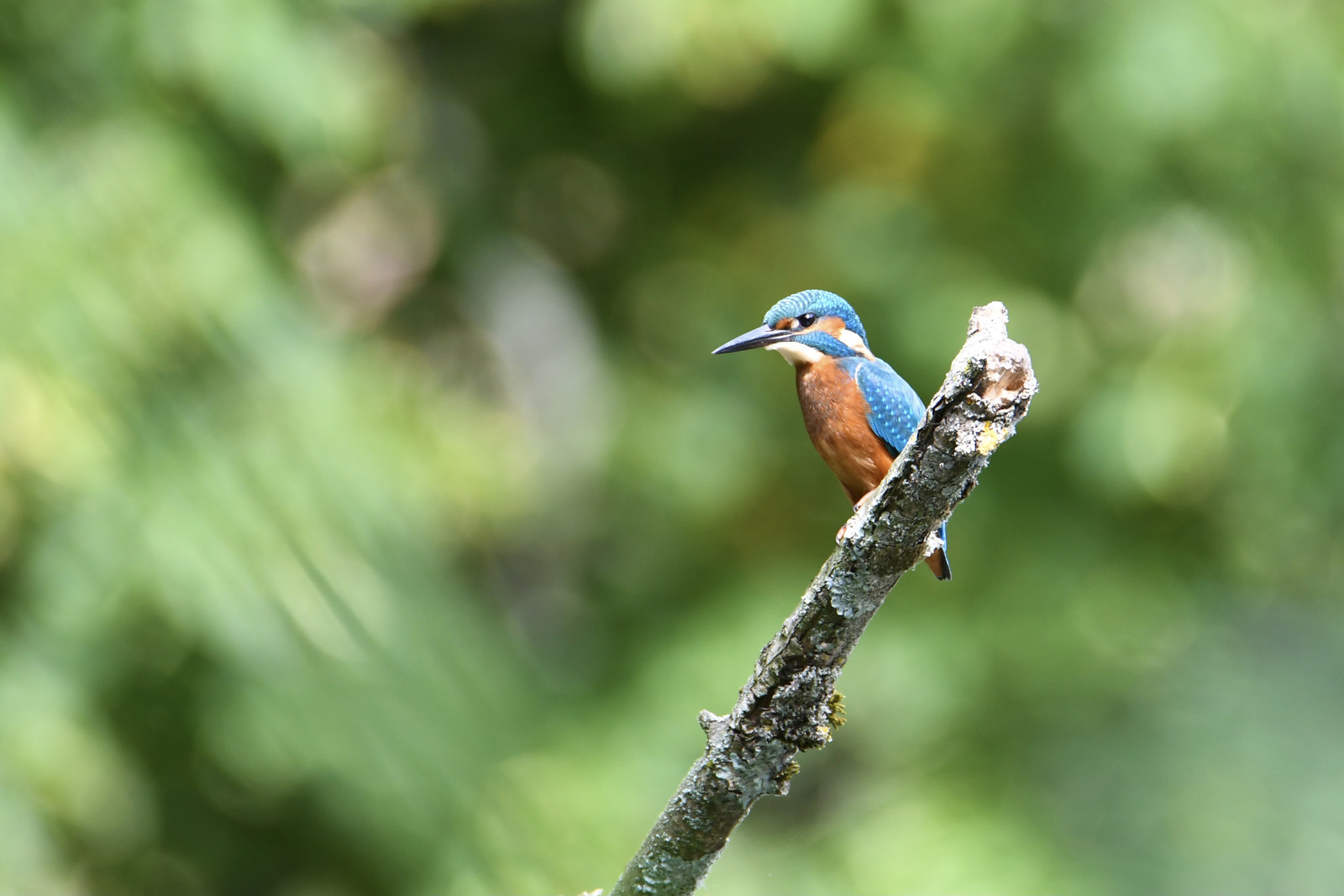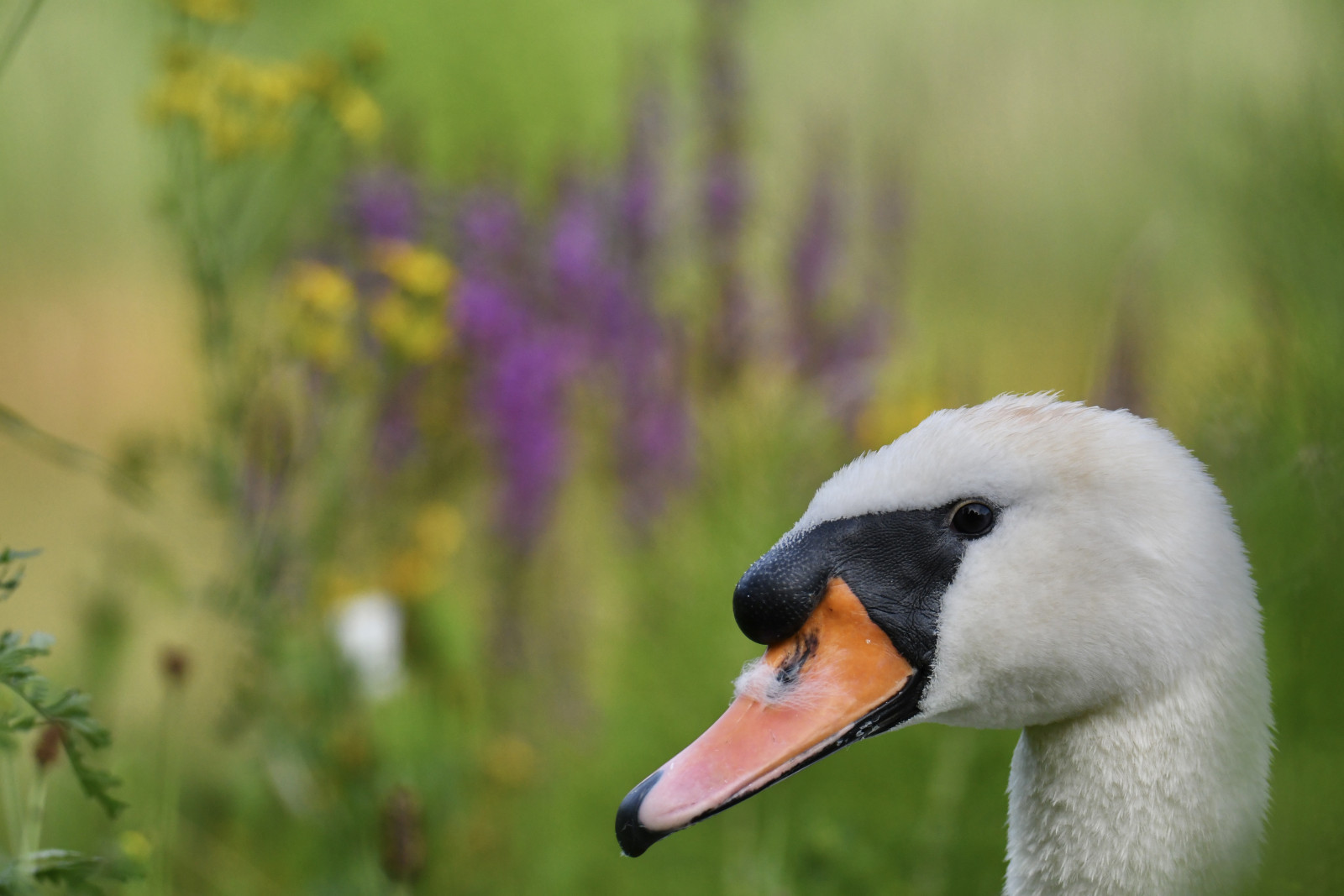Description
Domaine des Silex is an interesting birding area because it is located on the edge of the Soignes forest and has 2 ponds. This means that you can see a wide variety of birds (forest birds and water birds). You can see all the species of tits present in Brussels (sýkorka uhliarka, sýkorka chochlatá, sýkorka hôrna, sýkorka belasá, sýkorka veľká and mlynárka dlhochvostá), all woodpecker species (ďateľ veľký, ďateľ malý, ďateľ prostredný, tesár čierny and žlna zelená), thrushes (drozd plavý, drozd červenkavý and drozd čvíkota), common garden and park birds (oriešok obyčajný, červienka obyčajná, vrchárka modrá, kôrovník krátkoprstý, brhlík obyčajný, pinka obyčajná, zelienka obyčajná králik zlatohlavý, králik ohnivohlavý, holub hrivnák, holub plúžik, vrana čierna , kavka tmavá, sojka obyčajná and straka čiernozobá), raptors (myšiak hôrny, jastrab krahulec, jastrab veľký, Včelár lesný, sokol sťahovavý and sokol lastovičiar) and lots of waterfowl (kačica divá, chochlačka sivá, chochlačka vrkočatá, sliepočka vodná, lyska čierna, [ [Dodaars]], potápka chochlatá, kačica chripľavka, labuť veľká, volavka popolavá, occasionally the beluša veľká, chriašteľ vodný, ,kormorán veľký, and the rybárik riečny!
_________________________
Français: Petite réserve Natura 2000 en bordure de Foret de Soignes avec 2 étangs, un grand et un petit(ce dernier est accessible que les samedis ou 1er dimanche du mois). Ce site est d'un grand intéret car il est en bordure de Foret de Soignes et comporte 2 étangs, ce qui fait que on peut y voir une grande variété d'oiseaux (oiseaux forestiers et oiseaux d'eau).
On peut voir ici toutes les éspèces de mésanges présentes sur Bruxelles ( sýkorka uhliarka, sýkorka chochlatá, sýkorka hôrna, sýkorka belasá, sýkorka veľká et mlynárka dlhochvostá), toutes les éspèces de pics présentes sur Bruxelles ( ďateľ veľký, ďateľ malý, ďateľ prostredný, tesár čierny et žlna zelená), des grives ( drozd plavý, drozd červenkavý et drozd čvíkota), les oiseaux communs des jardins et parcs ( oriešok obyčajný, červienka obyčajná, vrchárka modrá, kôrovník krátkoprstý, brhlík obyčajný, pinka obyčajná, zelienka obyčajná králik zlatohlavý, králik ohnivohlavý, holub hrivnák, holub plúžik, vrana čierna, kavka tmavá, sojka obyčajná et straka čiernozobá), des rapaces ( myšiak hôrny, jastrab krahulec, jastrab veľký, Včelár lesný, sokol sťahovavý et sokol lastovičiar) et plein d'oiseaux d'eau ( kačica divá, chochlačka sivá, chochlačka vrkočatá, sliepočka vodná, lyska čierna, potápka malá, potápka chochlatá, kačica chripľavka, labuť veľká, volavka popolavá, occasionellement la beluša veľká, chriašteľ vodný, čajka smejivá,kormorán veľký, et le rybárik riečny !
Details
Access
The site is accessible by tram line 8 or bus line 17. A car park can be found on the square opposite the Chemin des Flints, by which you access the site. You can also reach the area by bike but not enter the site with the bike. Bicycle parking is available at the entrance.
_________________________
Français: Le site est accessible avec la ligne 8 de tram ou 17 de bus, et en voiture des places peuvent etre trouvées sur la place en face du chemin des silex, par lequelle vous accedez au site. Vous pouvez y acceder à vélo mais pas rentrer dans le site avec le vélo; un parking a vélo est disponible a l'entrée.
Terrain and Habitat
Forest , Wetland , Grassland , Scattered trees and bushes , ReedbedsConditions
FlatCircular trail
YesIs a telescope useful?
YesGood birding season
All year roundBest time to visit
SpringRoute
Wide pathDifficulty walking trail
EasyAccessible by
FootBirdwatching hide / platform
NoExtra info
In addition to all the species mentioned above, other species can be observed on the site depending on the season. In winter, the presence on the pond of kačica chrapka, chriašteľ vodný, and the kačica lyžičiarka can be noted. On the site you will most certainly be able to see the stehlík čížik, with luck pinka severská (ikavec), and with a lot of luck stehlík hnedkavý. Stopping on the site during migration you can see in particular kalužiačik malý and kalužiak perlavý, penica slávikovitá, drozd kolohrivec, pŕhľaviar čiernohlavý, muchárik čiernohlavý ( not very frequent), žľtochvost domový, cetia západná (an individual has been present on the site since October 2021), the trsteniarik malý and the žltochvost hôrny.
And finally, in summer you can see dážďovník obyčajný, many belorítka obyčajná, lastovička obyčajná, Včelár lesný, sokol lastovičiar, kolibiarik spevavý, kolibiarik čipčavý, trsteniarik bahenný, and occasionally the trsteniarik obyčajný as well as the muchár sivý. On migration, you can see above your head the trasochvost žltý, ľabtuška lúčna, škovránik stromový, škovránok poľný, drozd červenkavý, drozd čvíkota and škorec obyčajný (these last 3 can also be seen on the site). Note that during the whole year you can observe with a little luck hýľ obyčajný and glezg obyčajný, as well as zelienka obyčajná. In flight and occasionally landed on the site you can see stehlík obyčajný and krivonos smrekový, but for these 2 you need a good eye!
_________________________
Français: En plus de toutes les éspèces mentionés précèdemment, on peut observer sur le site d'autres éspèces en dépendant de la saison. En hiver, on peut noter la présence sur l'étang de la kačica chrapka, le chriašteľ vodný, et le kačica lyžičiarka. Sur le site on pourra voir très certainement le stehlík čížik, avec de la chance le pinka severská (ikavec), et avec un gros coup de bol le stehlík hnedkavý. En halte sur le site on peut voir nottament le kalužiačik malý et le kalužiak perlavý, la penica slávikovitá, le drozd kolohrivec, le pŕhľaviar čiernohlavý, le muchárik čiernohlavý( pas très fréquent),le žľtochvost domový , la cetia západná (meme si un individus est présent a ce jour sur le site depuis octobre 2021!), la trsteniarik malý et le žltochvost hôrny.
Et pour finir, en été on pourra voir le dážďovník obyčajný, de nombreuses belorítka obyčajná,l' lastovička obyčajná, la Včelár lesný, le sokol lastovičiar, le kolibiarik spevavý, le kolibiarik čipčavý, la très characteristique du site trsteniarik bahenný, et occasionellement la trsteniarik obyčajný ainsi que le muchár sivý. En migration, on saura voir au dessus de nos tetes la trasochvost žltý, le ľabtuška lúčna, l' škovránik stromový, l' škovránok poľný, la drozd červenkavý, la drozd čvíkota et l' škorec obyčajný (ces 3 derniers peuvent aussi etre observés sur le site). A noter que pendant toute l'année on pourra observer avec un peu de chance le hýľ obyčajný et le glezg obyčajný, ainsi que le zelienka obyčajná. En vol et occasionellement posés sur le site on pourra voir le stehlík obyčajný et le krivonos smrekový, mais pour ces 2 là vous avez interet a avoir une bone ouille !



